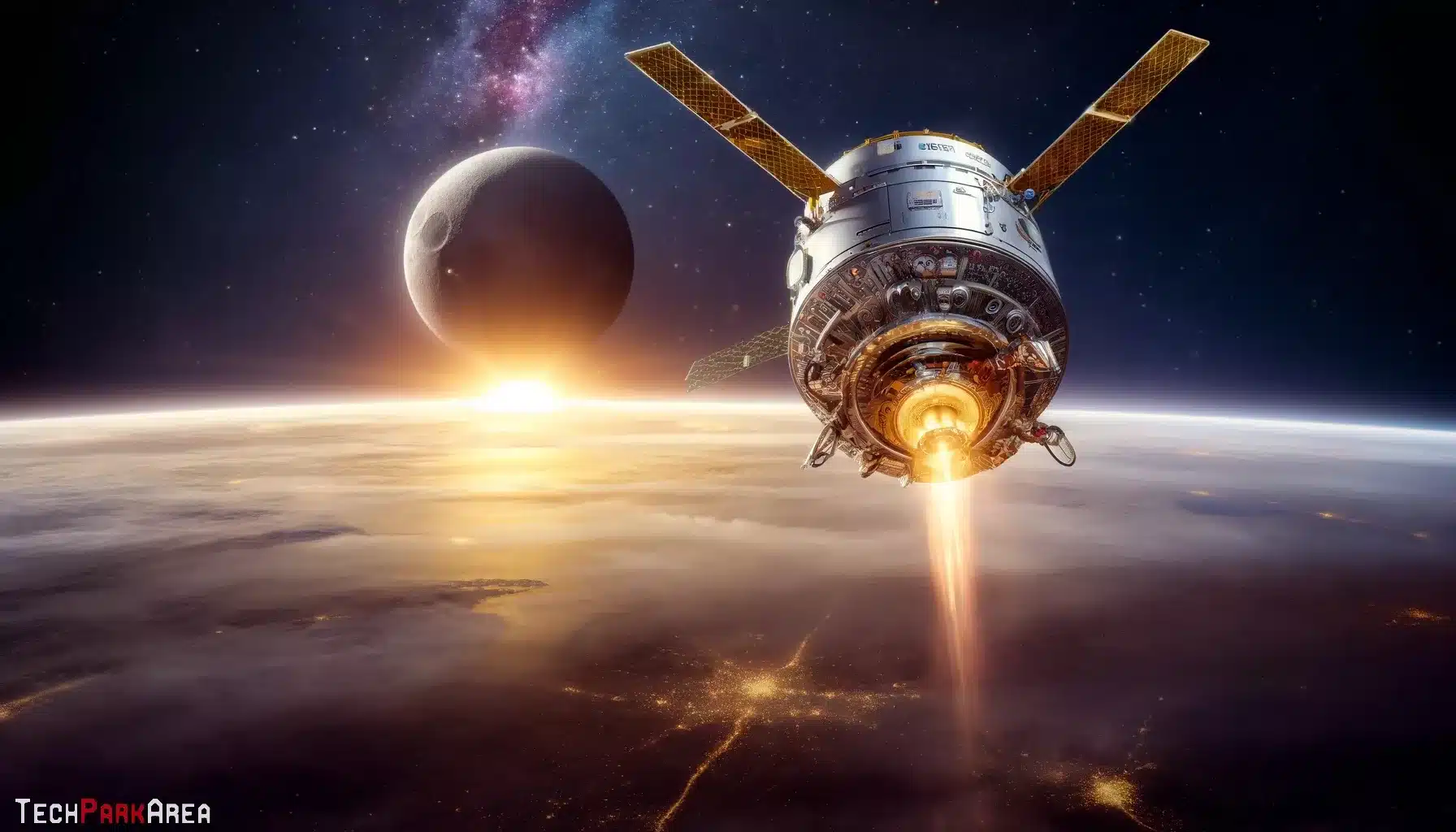China’s ambitious Chang’e-6 mission has successfully landed on the far side of the Moon. This groundbreaking mission aims to bring back lunar samples, a feat that marks a significant milestone in space exploration. The mission is part of China’s broader lunar exploration program, which has been making impressive strides in recent years.
The Chang’e-6 Mission
Objectives and Goals
The primary goal of the Chang’e-6 mission is to collect and return samples from the Moon’s far side, specifically from the South Pole-Aitken (SPA) Basin. This region is one of the oldest and largest impact craters in the solar system, formed over 4 billion years ago. Scientists believe that studying these samples will provide valuable insights into the Moon’s early history and evolution.
Technological Components
The Chang’e-6 mission comprises four main components: an orbiter, a lander, an ascender, and a returner. After the spacecraft entered lunar orbit, the lander and ascender separated to make a soft landing on the Moon’s surface. Within 48 hours of landing, a robotic arm collected rocks and soil from the surface, while a drill obtained samples from up to 2 meters underground. These samples were then sealed and transported back to the orbiter by the ascender, which will return them to Earth.

The Significance of the Far Side
Why the Far Side?
The far side of the Moon presents unique scientific opportunities. Unlike the near side, which is relatively flat, the far side is rugged and heavily cratered. This difference is due to the far side having a much thicker crust. The SPA Basin, the primary landing site for Chang’e-6, is particularly intriguing because it may hold clues about the Moon’s formation and the history of lunar impacts.
Communication Challenges
One of the significant challenges of operating on the Moon’s far side is the lack of direct line-of-sight communication with Earth. To overcome this, China launched the Queqiao-2 relay satellite earlier this year. This satellite facilitates communication between Earth and the Chang’e-6 spacecraft, ensuring the success of the mission.
The Scientific Payoff
Sample Analysis
The samples collected by Chang’e-6 are expected to shed light on several scientific mysteries. Researchers are particularly interested in understanding the compositional differences between the near and far sides of the Moon. These samples may reveal why the far side has fewer lunar mares (basaltic plains) compared to the near side and provide insights into the Moon’s volcanic history.
Potential Discoveries
Scientists hope that the Chang’e-6 mission will help solve long-standing questions about the Moon’s geologic activity. For example, the samples might explain the distribution of radioactive elements and how they influenced the Moon’s thermal evolution. Additionally, studying these samples could enhance our understanding of the early solar system’s dynamics.
China’s Lunar Ambitions
Future Missions
The Chang’e-6 mission is part of a series of planned lunar explorations by China. The upcoming Chang’e-7 and Chang’e-8 missions aim to explore the Moon’s south pole, search for water ice, and test technologies for utilizing lunar resources. These missions are steps towards China’s long-term goal of establishing the International Lunar Research Station (ILRS) in cooperation with international partners.
Strategic Importance
China’s lunar program is not only a scientific endeavor but also a demonstration of its growing capabilities in space exploration. The success of the Chang’e-6 mission positions China as a major player in the new era of lunar exploration, potentially leading to a manned mission to the Moon by 2030.
Conclusion
The successful landing of the Chang’e-6 spacecraft on the far side of the Moon marks a historic achievement for China’s space program. By collecting and returning samples from one of the most scientifically intriguing regions of the Moon, this mission will provide unprecedented insights into our celestial neighbor’s history and composition. As China continues to push the boundaries of space exploration, the world watches with great interest, anticipating the scientific discoveries and technological advancements that will follow.
For more detailed updates on the Chang’e-6 mission and China’s lunar exploration plans, stay tuned to reliable news sources and scientific publications.
Learn here to get the latest Technology Industry News.
You can also reach out our social media team by following our pages on Facebook, Instagram and X.


